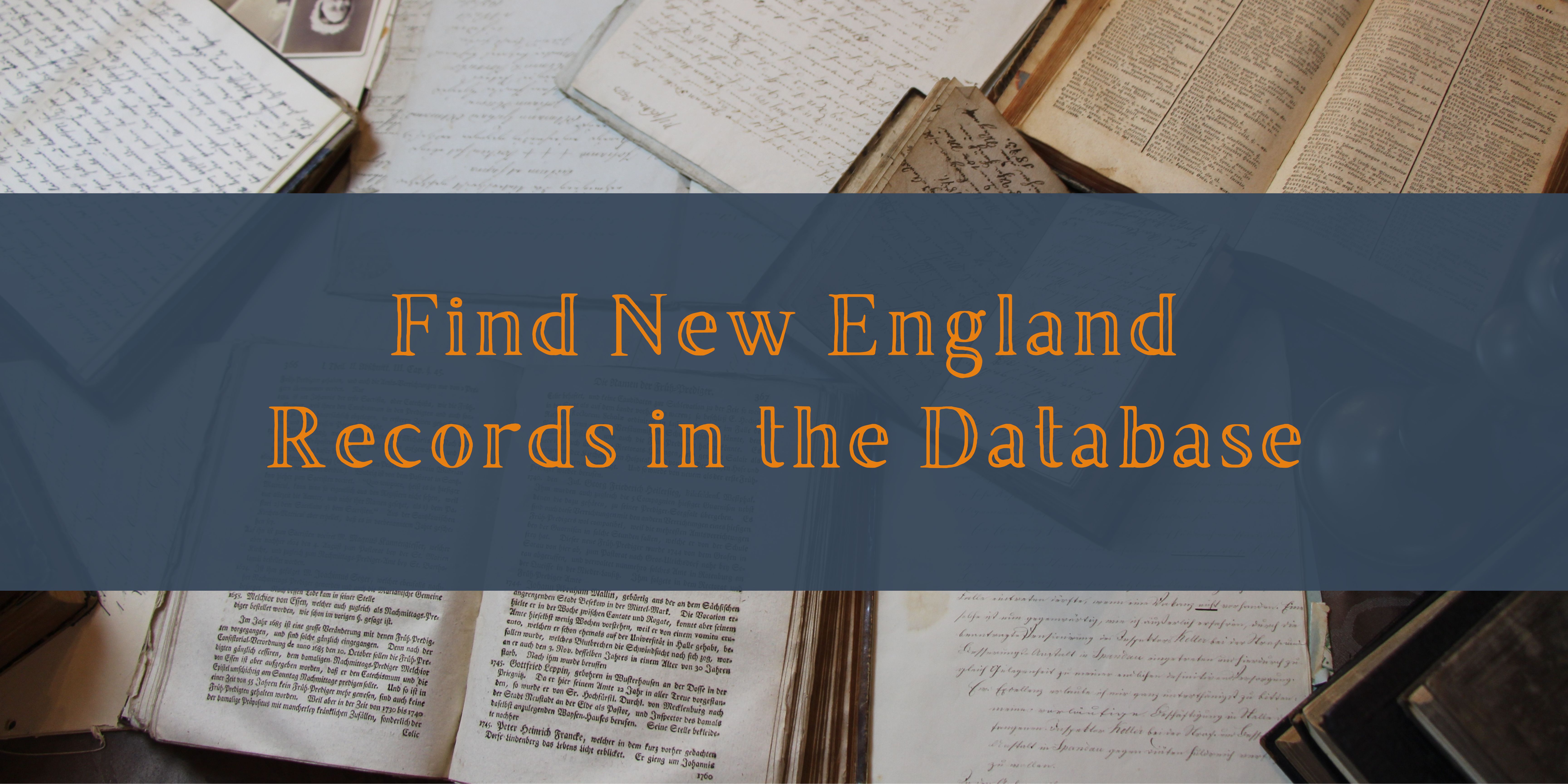The New England Freedmen’s Aid Society
Also Known as the New England Branch, American Freedmen’s Union Commission
In November 1861, Union forces occupied the sea islands of South Carolina in the vicinity of Port Royal, freeing thousands of slaves on the rice and cotton plantations there. In what became known as the Port Royal Experiment, northern abolitionists and others interested in reconstructing southern society rapidly organized in order to send material relief and set up schools for the betterment of the formerly enslaved. One of the organizations formed for this purpose was the Boston Educational Relief Society, established in February 1862. They soon changed their name to the New England Freedmen’s Aid Society (hereafter referred to as NEFAS). Both the leadership and general membership of the NEFAS included many old-line abolitionists. The membership was predominantly female, with many of these women active in both the abolition and women’s rights movements, which they viewed as intertwined. Around four-fifths of the teachers employed by the society were female.[1]
In November 1863, representatives of several freedmen’s aid societies, including the NEFAS, met at Cooper Union in New York City to draft a memorial to President Lincoln. They urged that a “bureau of emancipation” be started to assist the growing number of freed slaves in the South transition to free labor.[2] Although the route of the resulting legislation through Congress was tortuous, these efforts eventually resulted in the establishment of the Bureau of Refugees, Freedmen, and Abandoned Lands (the Freedmen's Bureau) on March 3, 1865.
A month after this joint effort, in December, 1863, five secular regional aid societies, including the NEFAS, united so as to better coordinate their efforts. This umbrella organization was eventually named the American Freedmen’s Union Commission. Henceforth, the NEFAS would often be referred to as the New England Branch of the American Freedmen’s Union Commission. The new organization was dedicated not only to helping the newly freed people, but all needy southerners regardless of race. This change in mission proved unpopular with many of the rank-and-file agents and operatives of the NEFAS, who believed this widening scope would dilute their efforts to aid former slaves. Hannah Stevenson, an abolitionist and NEFAS member, resigned over the issue, maintaining that the NEFAS should remain focused on “resolute, vigorous work for the colored people, and them only.”[3] The fact that the leadership of the new Freedmen’s Union Commission was entirely male also created tension with the mostly female membership of NEFAS.
As the Civil War ended in the spring of 1865, the NEFAS, as part of the American Freedmen’s Union Commission, dispatched teachers to points around the southern states, cooperating with the new Freedmen’s Bureau to establish and maintain schools. In Harford County the New England Freedmen’s Aid Society’s efforts were focused on two schools and their teachers. At Thomas Run, teacher J. F. Pierpont Dickson was supported by the Society. At Churchville, teacher Ida S. Marshall had been supported by the Baltimore Association. When that organization disbanded after the spring school term of 1870, it left many teachers in need of new supporting organizations. Marshall, who was from Newport, Rhode Island, reached out to the New England Freedmen’s Aid Society, which supported her until she left the school about a year later.
As the northern public’s enthusiasm for supporting work among the freedpeople of the South declined, and more and more local governments in the South began to take over administering schools for black students and funding them through taxes, the various northern aid organizations gradually ceased to exist. The American Freedmen’s Union Commission dissolved in 1869, leaving each of its constituent aid societies to their own devices. One by one they too disbanded, but the NEFAS persisted longer than the other consituent branches of the Commission. In 1876, as Reconstruction ended, the New England Freedmen's Aid Society ended as well.
By James Schruefer
[1] Butchart, 125.
[2] The American Freedmen's Union Commission would eventually consist of The Pennsylvania Freedmen’s Relief Association, The New England Freedmen’s Aid Society, The Baltimore Association for the Moral and Educational Improvement of the Colored People, the Western Freedmen’s Aid Commission, and the National Freedmen’s Relief Association of New York.
[3] Carol Faulkner, Women’s Radical Reconstruction: The Freedmen’s Aid Movement (Philadelphia: University of Pennsylvania Press, 2004), 34.

